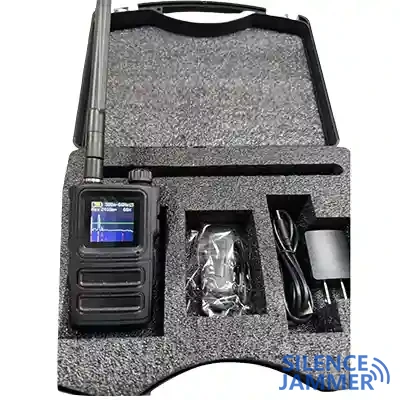With the rapid development of mobile communication technology, mobile base stations have become an indispensable part of our daily lives. However, the operation of mobile base stations also brings interference problems, affecting the normal operation of other electronic devices. This article will provide an in-depth analysis of the interference types, causes and solutions of mobile base stations in order to provide readers with a comprehensive understanding.

Types of interference from mobile base stations
- Adjacent channel interference
- intermodulation interference
- co-channel interference
- spurious interference
Adjacent channel interference means that the signal of the mobile base station interferes with the communication equipment in the adjacent frequency band. This interference usually occurs when the base station's transmitting frequency is close to the receiving frequency of other devices.
Intermodulation interference is a new frequency signal generated by mixing multiple signals in nonlinear equipment, causing interference to other communication equipment. This interference often occurs in electronic equipment near base station antennas.
Co-channel interference means that multiple base stations use the same frequency to communicate, causing signals to interfere with each other. This situation is more common in areas where network coverage overlaps.
Spurious interference refers to the leakage of signals transmitted by base stations in unexpected frequency bands, affecting communication equipment in other frequency bands. This type of interference is often caused by equipment malfunction or design flaws.
Causes of interference from mobile base stations
- Improper frequency allocation
- Equipment aging or failure
- Improper antenna design and installation
- envirnmental factor
When spectrum resources are limited, unreasonable frequency allocation can easily lead to frequency overlap between base stations or interference in adjacent frequency bands.
Base station equipment may age or malfunction after long-term operation, resulting in excessive transmission power or spectrum leakage, resulting in interference signals.
Improper antenna design and placement can also cause interference. For example, if the spacing between antennas is too small or the direction is unreasonable, the signal coverage areas will overlap and cause interference.
Environmental factors such as buildings, terrain, signal jammer and weather can also affect base station signals, causing signal reflection, refraction, and attenuation, causing interference problems.
Solutions to interference from mobile base stations
- Optimize frequency allocation
- Upgrade and maintain equipment
- Improve antenna design and installation
- Environmental optimization
- Introduce advanced technology
Through scientific and reasonable frequency allocation, interference from adjacent frequency bands and the same frequency band is avoided. For example, frequency reuse technology is used to reduce interference by using the same frequency in different geographical areas.
Base station equipment is regularly maintained and upgraded to ensure normal operation of the equipment and signal stability. Replace aging or faulty equipment in a timely manner to reduce interference caused by equipment problems.
When designing and installing antennas, full consideration should be given to the spacing and direction between antennas to avoid overlapping signal coverage areas. At the same time, directional antennas can be used to reduce unwanted signal spread.
Taking into account the impact of environmental factors on signals, the layout and location of base stations can be optimized to avoid installing base stations in areas where signals are susceptible to interference. For example, avoid areas with high-rise buildings or places with severe signal reflections.
The use of advanced interference suppression technology and equipment, such as smart antennas, interference cancellers, etc., can effectively reduce the occurrence of interference problems.
Conclusion
As a key node in modern communication networks, mobile base stations have interference problems that directly affect communication quality and user experience. Through scientific and reasonable frequency allocation, equipment maintenance, antenna optimization and other measures, the problem of base station interference can be effectively solved and the normal operation of the communication network can be guaranteed. In the future, with the continuous advancement of technology, it is believed that the interference problem of mobile base stations will be further solved and improved, providing users with more stable and efficient communication services.


